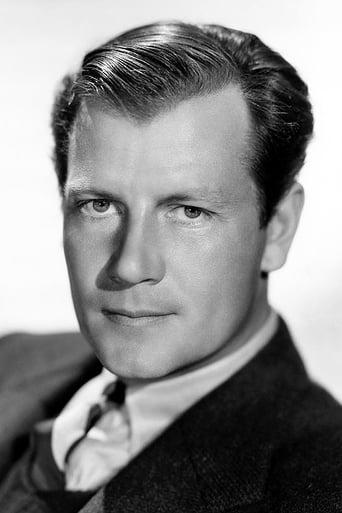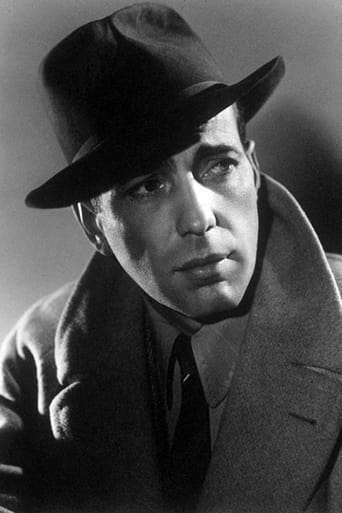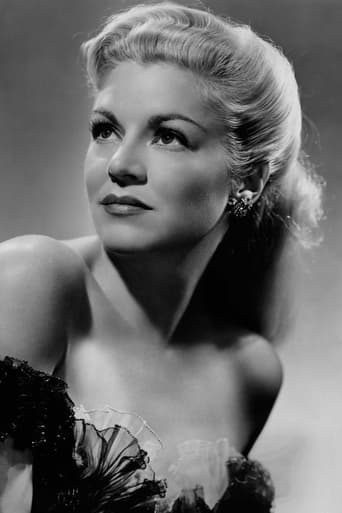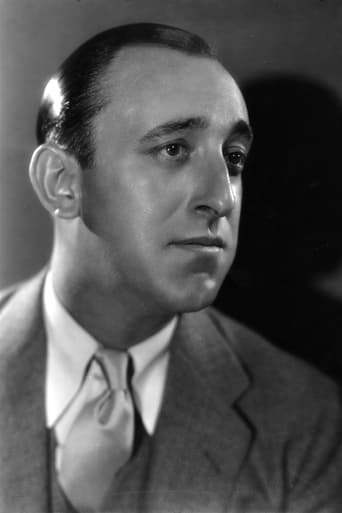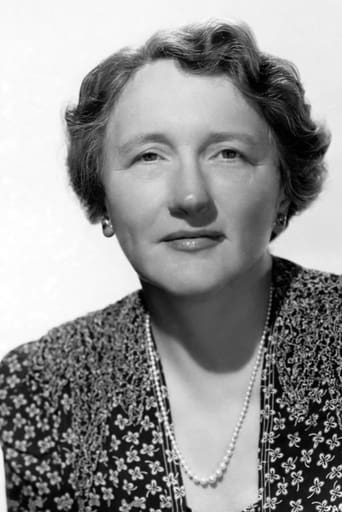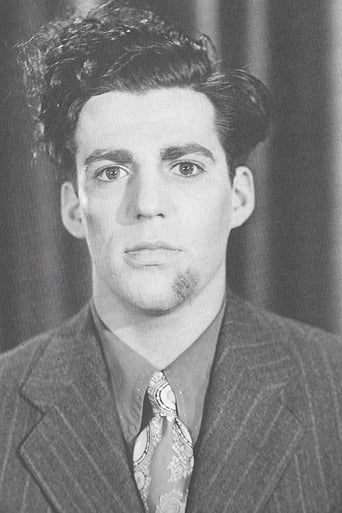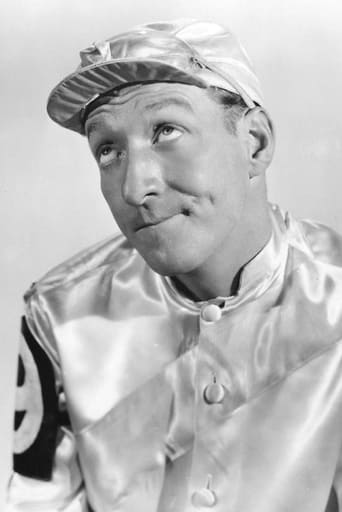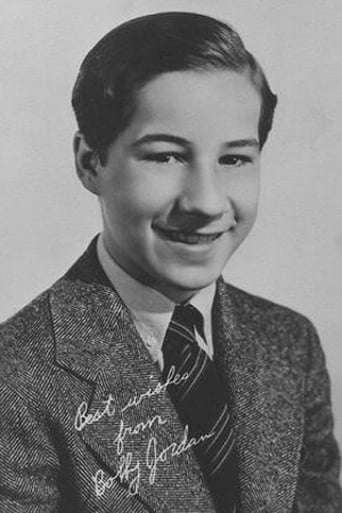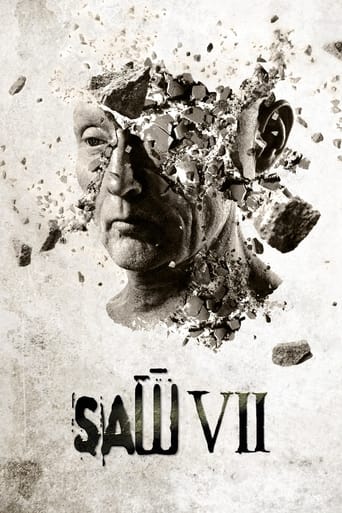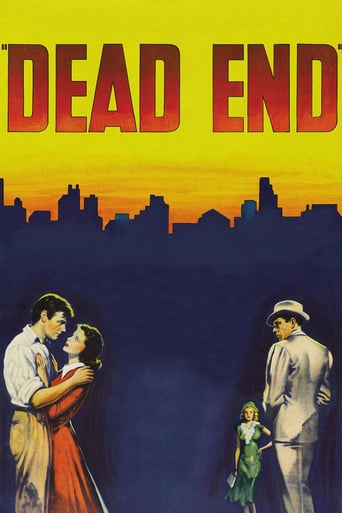
Dead End
August. 27,1937 NRMobster "Baby Face" Martin returns home to visit the New York neighborhood where he grew up, dropping in on his mother, who rejects him because of his gangster lifestyle, and his old girlfriend, Francey, now a syphilitic prostitute. Martin also crosses paths with Dave, a childhood friend struggling to make it as an architect, and the Dead End Kids, a gang of young boys roaming the streets of the city's East Side slums.
Similar titles
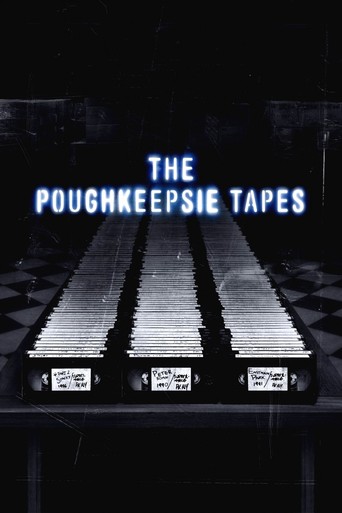
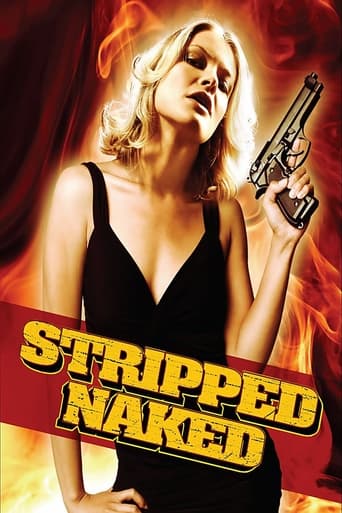
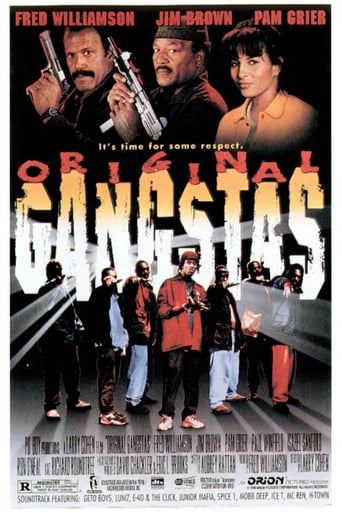
Reviews
Sorry, this movie sucks
Fantastic!
best movie i've ever seen.
The film creates a perfect balance between action and depth of basic needs, in the midst of an infertile atmosphere.
The art direction and the cinematography in this film is exceptional, you can tell from the opening scenes.William Wyler shows a New York of the depression where the poor live like rats in the slums and the rich are encroaching towards the river with their fancier houses. An early version of gentrification.In Dead End we see the rich and poor, the law abiding and the gangsters all mingling together and trying to survive. Nobody seems to like the cops and the local rascals, the dead end kids are passing the time and making a nuisance of themselves.Humphrey Bogart makes a cameo as a wanted hoodlum who has had plastic surgery and come to see his mother. However I found his scenes to be just ordinary and I expected more from him. The Dead End Kids were just irritating, they all needed to be herded to reform school.The film has sadly aged and the script came across as rather preachy and antiquated.
This movie was nominated for four Oscars: Best Picture, Best Supporting Actress (Claire Trevor), Best Cinematography (Gregg Toland), and Best Art Direction (Richard Day). Its cast includes: Sylvia Sidney, Joel McCrea, Humphrey Bogart, Wendy Barrie, Claire Trevor, Allen Jenkings, Marjorie Main, and Leo Gorcey (from the Dead End Kids). The movie appears to be an allegory about the tale of two cities (or at least, two socioeconomic groups in NYC that are placed side by side for contrast):Movie's Opening Prologue: "Every street in New York ends in a river. For many years the dirty banks of the East River were lined with the tenements of the poor. Then the rich, discovering that the river traffic was picturesque, moved their houses eastward. And now the terraces of these great apartment houses look down into the windows of the tenement poor."Since the movie received Oscar nominations for Best Cinematography and Best Art Direction, it definitely deserves to be restored. The picture quality and sound are definitely sub par for such a movie.
Dead End (1937)While there is no doubt this is an amazing film it's also a slightly stylized and ultimately stilted one. These East End NYC kids--all white, all supposedly "bad" but in a likable way--are filmed on a suburban Los Angeles movie studio lot. It's convincing enough for the plot, but it feels like a huge stage set, constrained and not quite New York City in its scale, noise, or grime. But then you get used to all this (if you notice it at all) and realize it is, in fact, a play on a stage with some cameras recording it for us. It's not a documentary, but a morality tale, filled with types and stereotypes.And filled with such great acting and visual beauty you can't help but appreciate it.I loved it. I loved it most of all for the kids and for the photography. The two titular stars are superstars in the making--Humphrey Bogart in a somewhat stiff but prescient role as a thug returning to see his mother and ex-girlfriend, and Claire Trevor as a tough big sister looking very young and very unlike the more sophisticated woman she often played. Both had done many films before and are sharp and very strong (especially Trevor), but the kids are the real stars, with physical and emotional energy. This is the first appearance in the movies of the "Dead End Kids."The story is a Depression era classic, with the haves having more and the have-nots having less than ever. There is an un-shown labor strike going on and a poor kid/rich kid conflict. And there is the waning power of the gangster at hand, the Bogart thug who really is a bit lost, not only looking for old contacts from the 1920s but failing to find them, not like he expected. In a way, it's the hardworking Trevor who takes the lead, sticking up for what is right and then sometimes thinking only of survival even if it isn't quite right any more.The point is that the system is broken, money is divided unfairly, the cops are both good guys and bad guys at once, and family comes first. Sound familiar? Yes, and that's partly why the movie works--the story is eternal.But it's also a tiny bit hackneyed, or so it will seem if you have the least bit of cynicism in you. So then you watch and realize you have some of the most amazing technical and artistic talents on the planet converged for this film. The director, William Wyler, is the most highly regarded of the studio mainstays--not for his individualism (there are many directors with more distinction) but for his perfection, his sense of timing and space, and his handling of stories and the actors who tell them. The cinematographer is the one most revered camera guys this whole period, Gregg Toland, and he makes even ordinary scenes astonishing. Not that the scenes are ordinary. There is a huge cast in this small space, and the camera goes way up high at times and then down in the midst of the chaos at others, moving with the flow of action, never tiring. Music? Alfred Newman, another great. So take the slightly contrived style as part of its intention and let it unfold on you for what it is. Quite a special film.
Cinema has always had an uneasy relationship with the theatre. By their nature stage plays tend to have very long scenes and base everything around dialogue, and there is something in the power of having real life players there in front of you that makes this workable. But there is also something about the very specific visual form of cinema that makes straight adaptations of stage plays potentially very boring.The way in which this can be overcome, other than completely restructuring the source text, is by ensuring that the picture keeps moving and keeps storytelling on a visual level. You see, perhaps the most important difference between stage and screen, is that in the theatre every audience member sees things from a slightly different angle or distance – there is no universal perspective, and theatre directors have to ensure that everything is clear whichever seat it's seen from. But in the pictures everyone sees the exact same image at any given moment, and a screen director must find the best camera placements and shot arrangements. Fortunately for Dead End, this screen director William Wyler was among the best and most inventive users of space on screen. For starters, look at how the shots of the rich folks contrast with those of the poor ones. In the former, the camera mostly keeps an aloof distance, and everything is picked out in crisp white. In the latter, the camera is closer to the action, and the image is filled with mottled shades of grey.The other very important thing in adapting stage plays to screen, is to ensure the performances are presented as well as possible, in order to give cinema audiences a taste of that same atmosphere and presence they would feel in front of a stage. Wyler also happens to be especially good at this. In particular he is bold enough to focus us on just one facet of a performance, sometimes keeping a character with their back to the camera and not showing us their face, forcing us to focus more on their posture, or the reaction of the opposite person. He also keeps the entrances of characters in keeping with their nature – for example having Humphrey Bogart smoothly slide into the frame, or craftily appear in the background as other figures move aside.And the performances pay off big time. This was still a period in which an actor like Bogart was unlikely to be anything but a villain, but his appearance here surely raised his profile considerably and put him one step closer to those heroic leads. He adds some incredibly subtle yet effective touches – for example, when Joel McCrea gives him the cigarette, look at how he pauses before grudgingly lowering his head to accept the lighted match, as if this tiny stretch is some extreme display of generosity on Bogart's part. Joel McCrea is one of those actors (like, say, Gary Cooper or Van Heflin) who doesn't look like he ought to be a good actor – he looks like he ought to be an absolute hunk of wood – but he isn't. This is probably his finest performance. It's also the best I have seen from Sylvia Sidney. And of course there are those kids, every one of them a character.The strange thing to consider about the acting in Dead End, is that all the performances are essentially one-dimensional – but in the best possible sense. Bogart is continually a mean and moody presence, moving and speaking slowly, submerging his feelings under a veneer of hard-hearted masculinity. In so doing he fulfils his character's placement as the symbolic archetypal gangster figure. Sylvia Sidney is the eternal independent working class lass, while McCrea is the honest, level-headed working man, and even when he turns to violence it seems not so much character development but merely the natural result of his principled persona in extreme circumstances. Claire Trevor, in her portrayal of the prostitute-moll, has the very opposite tone to the measured performances of Bogart and McCrea, all venom and fragile emotion. Of such things many a Best Supporting Actress nomination is made.The odds were perhaps stacked in the filmmakers' favour with Dead End, it being a very engaging and punchy play that lends itself well to the cinematic medium. Of particular appeal is the way it begins as a kind of plot-less social study, but gradually a story emerges as the character's lives become interwoven. Still, it is the superb efforts of Wyler and his cast that really bring this one to life.
Top Streaming Movies















